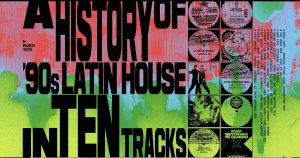
In ’90s New York, a new generation of clubbers grew enraptured by Latin house’s vibrant rhythms. The decade set the gold standard for the sound—and Louie Vega is its enduring leader. The Nuyorican icon traces its essential records.
The sound of our roots is rumba, guagancó and merengue blasting from a New York block party sound system. The swoosh of the Sound Factory dancers’ theatrical movements, many of whom were young, working-class Latines. Live percussion improvisations rippling across The Bronx’s Orchard Beach. Latin house sounds like eternal sunshine—and Vega is its enduring optimist.
The New York-born Boricua DJ and producer is one of the most recognisable names in house, whose influence cannot be overstated. Both solo and as part of Masters At Work, the duo he formed with Kenny Dope, he pioneered the vibrant sub-genre, weaving folkloric Latin instrumentation with disco’s shimmering elegance and the raw energy of garage.
It all started in New York in the mid-’80s, where Vega’s dance music education began. He’d been attending Paradise Garage with his older sisters from the age of 15. Watching Larry Levan evangelise the room, he said, affected him like a spiritual experience. Soon after, he started spinning records at block parties and small bars. He’d already been training his ear with the music his parents played at home, soaking up the complex rhythms of Fania Records—a musical sensibility made stronger by the influence of his uncle, Hector Lavoe, arguably the most revered salsa musician of all time.
By 1985, Vega landed a residency at the now-shuttered The Devil’s Nest and Heartthrob, then later at Underground Network parties at the Sound Factory Bar—vital hubs that formed the foundations of Latin house and helped shape New York’s electronic scene. A new generation of artists and clubbers of Latine descent became enraptured by house’s novel swing. “It’s all inherently entwined,” he said. “It’s soul music.”
From New York veteran Todd Terry to Liz Torres to Two Without Hats, the use of Latin motifs stretches back to the genesis of house, disco and freestyle. Embedded within these genres were layers of syncopated percussion, congas, timbales and cowbells that defined the diaspora’s musical tradition. These rhythms formed part of house’s global language—one still spoken in dance music today. But the ’90s saw a more deliberate embrace of these diasporic fusions, fuelled by New York’s vast and diverse Latine population. Pioneering acts like Vega and C+C Music Factory put out massive crossover records, like “Love & Happiness,” which propelled the career of Puerto Rican singer La India. In 1993, Masters At Work launched the seminal Nuyorican Soul project, which many regard as the pinnacle of the sound.
This was the undisputed golden age—and Vega’s fingerprints were all over it. He worked with genre-defining artists such as Strictly Rhythm’s Gladys Pizarro, Danny and Victor Vargas, David Morales and Erick Morillo (who died in 2020 awaiting trial for sexual assault, and appears below as Pizarro’s co-producer in Club Ultimate). The rise of independent labels such as Nervous Records, Cutting Records, Eightball and Strictly Rhythm—whose dominance is proven by the list below—was instrumental in nurturing and spreading the sound.
But Latin house’s snowballing popularity also opened the floor to imitators. Once Masters At Work went stratospheric, demand for these sounds blew up around the world. There was a marked rise in European producers co-opting Latin house, and with it all the cultural sensitivities that made it so captivating and unique in the first place—from sacred Afro-Indigenous rhythms to sampling ritualistic chants (this style was eventually troublingly coined “tribal house”).
Some figures, iconic as they are, even adopted “Spanish” names to “reinvent” themselves. This list features artists from Italy and the Netherlands, whose successful contributions spoke to the era’s misguided sense of ownership—an appropriative streak still in full force today.
One thing is clear: the impact of ’90s Latin house is immense. The movement, led by Latines for Latines, is defined by universal joy—a feeling that continues to resonate with everyone from curious newcomers and retired ravers to aunties in the Bronx and emerging Latin American producers. “It’s free,” Vega smiled. “That’s the essence of what this music is about.”

Rare Arts – “Boriqua Posse (Kiss Connection Mix)”
[1991, Strictly Rhythm]
This track just lifted the whole club. People’s arms would be in the air, they’d be jumping and going crazy—it was a whole vibe. The producers [brothers Victor and Danny Vargas] were making a version of Latin house before the scene even had a name, even before I was. In 1989, they helped produce Two Without Hats’ “Try Yazz.”
The Vargas brothers were always out scouting DJs, producers and vocalists in the clubs. The [unnamed] rapper on this track was actually a dancer at The Devil’s Nest, the club owned by Fever Records’ Sal Abbatiello, and also danced at Hearthrob, the old Fun House where John “Jellybean” Benitez played in the early ’80s.
I remember the Vargas brothers used to bring me vinyl to my sets. I was spinning those records when they first came out on reel-to-reel. I was like the Pied Piper of Latin house, playing to 4,000 kids every Friday and Saturday night, and we were all connected by this music. Everybody was going out every week, dancing, getting inspired. Those were the seeds. That’s how this all started.
The Good Men – “Give It Up”
[1992, Fresh Fruit Records]
Oh man, what a record. “Give It Up” features a samba percussion group. When it came out, it stood out like a sore thumb. It was powerful. The crowd reacted instantly every time I played it. It has a unique sample and arrangement that influenced a lot of people to bring more Brazilian styles into dance music.
The Caribbean and South America—there’s so much there musically, and we’re all connected. But when The Good Men put this out, it really drove people to look closer at that Brazilian influence, and look for samples in the work of their great artists. Masters At Work bring the rhythms of where we come from, from Afro-Cuban to New York hip-hop to jazz. This record influenced us to use samba drum programming and samples.
KSM feat. Seydinah – “Te Quiero”
[1992, X-Energy Records]
Oh, these chords are nice. This is a really beautiful jam. “Te Quiero” brings me back to the sound of Irma Records in Italy. You know, that Don Carlos vibe with the gorgeous strings. It’s very cool the way they put the Spanish vocal on “Te Quiero,” plus that breakbeat—it’s a seriously produced tune. This is so joyful and Latin and free—it really captures the essence of what this music is about.
House of Gypsies – “Sume Sigh Say (The Masters Mix)”
[1993, Freeze Records]
Todd Terry sampled this track from an older record produced by Cerrone and a group called Kongas. He took the percussion in the mix and made it so energetic. I was already playing it a lot at the Sound Factory, so Terry asked Kenny [“Dope” Gonzalez] and I to do the remix. We made it with friends in the studio, including Mike Delgado and Gonzalez’s dad, who was a percussionist. We had him bring his tambores and overdubbed him playing on top of the record.
The chants that go “que es lo que pasa aqui?” (“what’s going on here?”) are inspired by Ismael Rivera and Cortijo y su Conjunto. The record became a Latin house classic—and it was our mix that blew up everywhere. This tune definitely influenced a lot of other people making Latin house in the ’90s.
Club Ultimate – “Carnival 93 (G’s Oye Mi Pana Mix)”
[1993, Strictly Rhythm]
This one was brought to me by Ralphie “Boy” Muniz, who was my sound tech and one of my right-hand guys throughout the ’90s. At the end of 1992, I recorded a project in his studio and he was the engineer. It happened to be my Hardrive EP, Deep Inside.
I recommended this track to Gladys Pizarro, the A&R at Strictly Rhythm. I called her one night, right after Muniz played it to me and told her, “This is a hot record, you need to pick it up.” And she did. This record combines all the Latin house elements with Afrobeat—it even samples “Shakara” by the great Fela Kuti. This was a huge record at the Sound Factory as well as a lot of the general Latin clubs. A huge crossover success.
River Ocean feat. La India – “Love & Happiness (Yemaya Y Ochún)”
[1994, Strictly Rhythm]
La India, Marc Anthony and I were childhood friends who all came from dance music—long before either of them did salsa. Anthony used to coach Latin freestyle singers. I wanted him and I to work as a producer-singer team, like my uncle Hector Lavoe and Willie Colón. We thought, “Why don’t we do that for dance music?”
In 1989, I was offered an album deal with Atlantic Records. The first thing I did was reach out to La India to write vocals. I’d just started Masters At Work with Kenny Dope, and we were starting to blow up as producers. We’d started developing methods where we’d sample and manipulate vocals during the dubs, so I thought, “Why don’t I get La India to write over this?” She wanted to sing chants from the Yoruba language. Then, I asked Tito Puente if he would come by the studio to play on the track. When you hear that timbale in the beginning, that’s Tito. “Love & Happiness” was inspired by records like Dogma’s “Mas Suave.”
Dogma & The Afro Cuban Rhythms – “Mas Suave (Afro-Cuban Conga Mix)”
[1994, Angel Eyes Records]
This tune was very influential because it mixes the live percussion element with drum machines and those chants. It was all about the chants. This song had our roots. It takes me back to growing up in the Bronx, going to Orchard Beach with your parents and hearing live percussionists while you’re running around. You were actually training your ear, hearing rhythms like rumba and guaguancó.
When I first heard this tune, I thought, ‘Wow, they put that live element into house music.’ It’s four-on-the-floor and pretty fast, too. But when I play it on turntables, it slows down, which means you’re kind of tuning it down as well. It gets a little darker and thicker. I remember it popping off when I played it at Underground Network, Don Welch and Barbara Tucker’s party at the Sound Factory. I had a residency there from 1992 to 1997. That was the peak time for this record.
C+C Music Factory feat. El General – “Robi-Rob’s Boriqua Anthem”
[1994, Columbia]
C+C did an amazing job with this track. The ability to extract the best of so many sounds and put it [all] into one track is definitely a forte of Robert Clivillés, and, of course, the genius mind of David Cole. Clivillés wanted to do something on the Latin house tip. He wanted to represent that world with his vision, that’s the way I saw it.
This track became a staple with its amazing use of sampling [such as El Africano’s “Calixto Ochoa” and Tyree’s “Acid Crash (House Mix)”]. Sampling had been around for years already, but when Todd Terry came in around 1986, he started sampling music from the early ’80s, as well as disco and then-new Chicago house records. He had a clever way of putting it together. He influenced so many people. I bet Clivillés and Cole were listening to him—they always knew what was going on out there. This was their version of expert sampling; taking the best of the best from the Latin team and putting it onto one track. To me, this is one of the biggest and best Latin house records of all time.
KenLou – “What A Sensation”
[1995, MAW Records]
“What A Sensation” was one of those records that was Latin house, but it was also house. When you listen to the percussion, that’s Kenny Dope playing live from the keyboard, almost like he was soloing. I played my synths and came up with a catchy bassline that was melodic and happy. We just came up with this infectious track. Man, it had this drive.
We asked La India to write a chorus, and it took the world by storm. At the time, people around the globe were really gravitating towards our music. But when “What A Sensation” came out, it just exploded. The B-side also has a beats version that you could mix vocals on top of. As a selector it’s on you to put that story together, and this cut is a total DJ tool.
Afro Medusa – “Pasilda (Original 12 Inch Westway Mix)”
[1999, Foreign Policy/Reverb Records]
By 1999, Latin house had gone international. I remember playing “Pasilda” when it first came out. I was travelling around the world at the time, but still always playing in the clubs in New York. Then, in 2000, the “Knee Deep Club Mix” landed and the song became a true global smash. This record will continue to get a new lease of life as new parts of the world discover it. It gets run in Ibiza and a lot of the summer destinations, but also in the UK, France and Japan. It still hits the same way as when I first heard it.
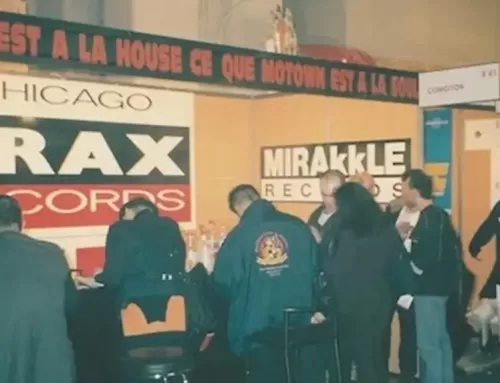
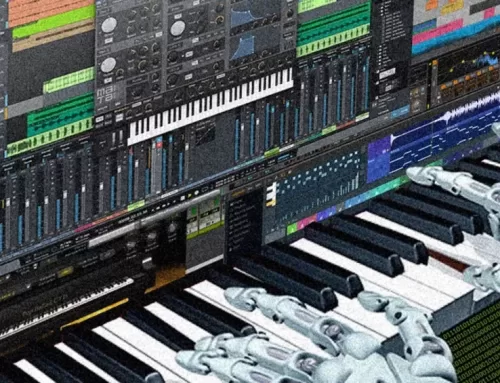
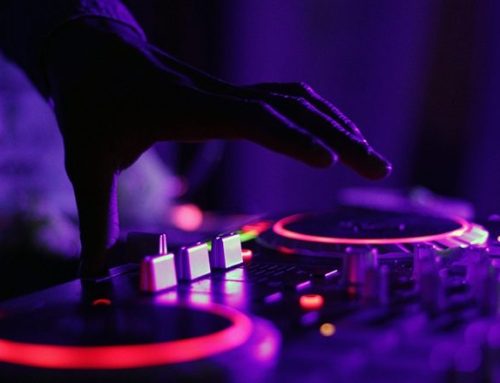
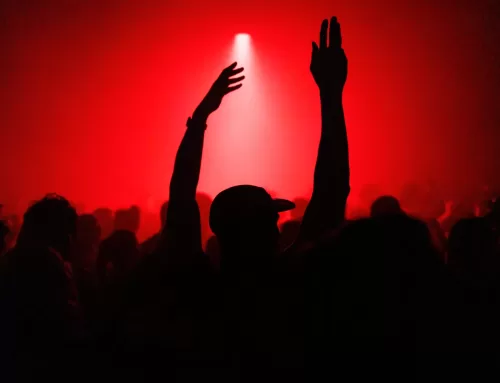
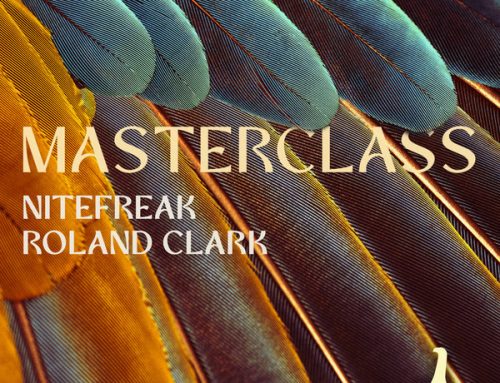
Leave A Comment
You must be logged in to post a comment.